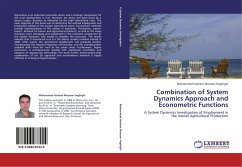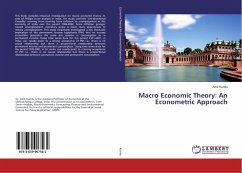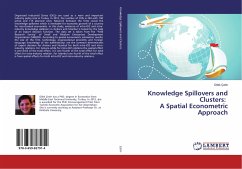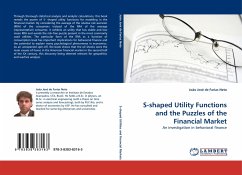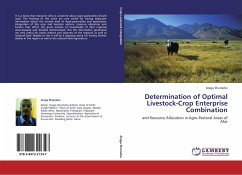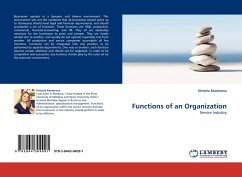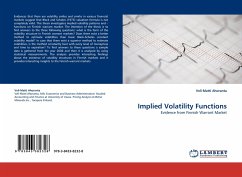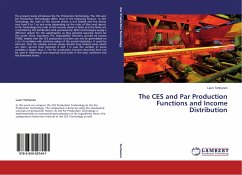Agriculture is an important economic sector and a strategic component for the rural development in Iran. However, the sector has been beset by a labour surplus situation as indicated by the high labour/land ratio. The main objective of this book was to determine the optimal employment and production policies in the Iranian agricultural sector. Econometric methods provide representations of the system in equations. Production, export-import, demand for labour and agricultural products, as well as the wage functions were estimated and substituted in the economic component of the System Dynamics (SD) model to simulate the outcomes. The results indicate that a downward turn for the labour surplus problem started in 2008. After wards, the agricultural employment will gradually decline. Consequently, the cityward migration will increase, and the unemployment problem shifts from the rural to the urban areas. Furthermore, higher production is commensurate needed with substantial investment and adoption of appropriate technology. This study further demonstrates that combination of the SD approach and econometrics methods is highly effective in arriving at logical answer.
Bitte wählen Sie Ihr Anliegen aus.
Rechnungen
Retourenschein anfordern
Bestellstatus
Storno

